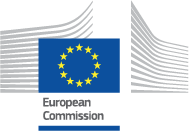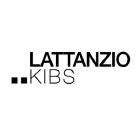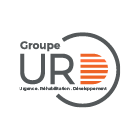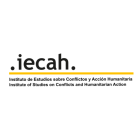WORKING WITH DG ECHO VISIBILITY | 2021 - 2027
PHOTOS

Credit: Photo 1, (c) IOM 2023 Ukraine
Partners are encouraged to promote project photos on social media with a clear acknowledgement of the EU partnership.
In the course of a project, partners are also invited to send to ECHO good quality photos in the form of photo stories – i.e. a series of 6-9 photos with short explanatory captions. ECHO can use the photo stories on its website.
The photos should be accompanied by brief captions relating to the subject of the picture and an explanatory sheet with background information (date, country, city/region, project, name and role of the person on the photo if applicable). The Commission reserves the right to edit the text of the provided photo captions so as to fit the editorial style of ECHO’s website.
The name of the organisation/person that owns the copyright should always be included to allow ECHO to ensure that the photos are properly credited.
The Partner is obliged to comply with Data Protection rules as established by the contract in place with the European Commission. Please refer to Chapter 4 – Data Protection. When taking photographs of people their written consent must be secured. For minors, the written consent of a parent or guardian must also be secured.
The visibility budget can be used to employ professional photographers to cover EU funded humanitarian operations only in the framework of a specific communication project which includes the need for visuals or is based on visuals such as web-based or social media communication plans, photo exhibitions, photo-books and similar.
Photos taken by an ECHO-funded professional photographer should be sent to ECHO in digital format:
ECHO-INTERNET@ec.europa.eu (preferably containing at least 5 million pixels).
At photo exhibitions:
the EU should be clearly identified as the donor in all ads, programmes, invitations, websites, blogs, brochures, leaflets, etc. and at the venue of the event.
When possible this message should be added next to the visual identity:
The European Union and its Member States are the world's leading donor of humanitarian aid. Relief assistance is an expression of European solidarity with people in need across the globe. It aims to save lives, prevent and alleviate human suffering, and safeguard the integrity and human dignity of populations affected by disasters and man-made crises.
Through its Civil Protection and Humanitarian Aid Operations department, the European Union helps millions of victims of conflict and disasters every year. With headquarters in Brussels and a global network of field offices, the EU provides assistance to the most vulnerable people on the basis of humanitarian needs.
The Commission is entitled to use or reproduce photos made by a partner under a grant or delegation agreement.
Last update: 06/12/2023




